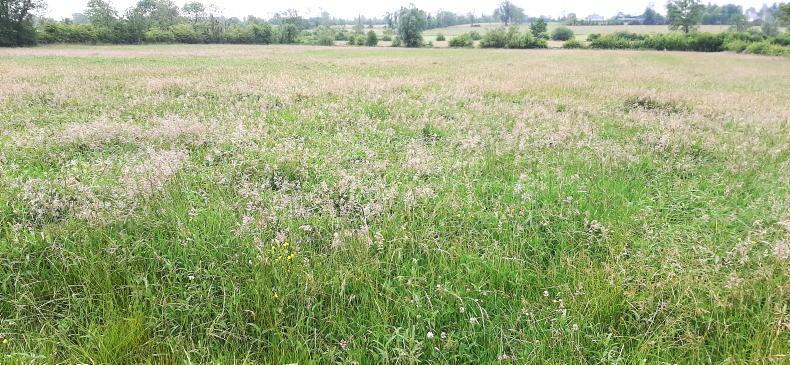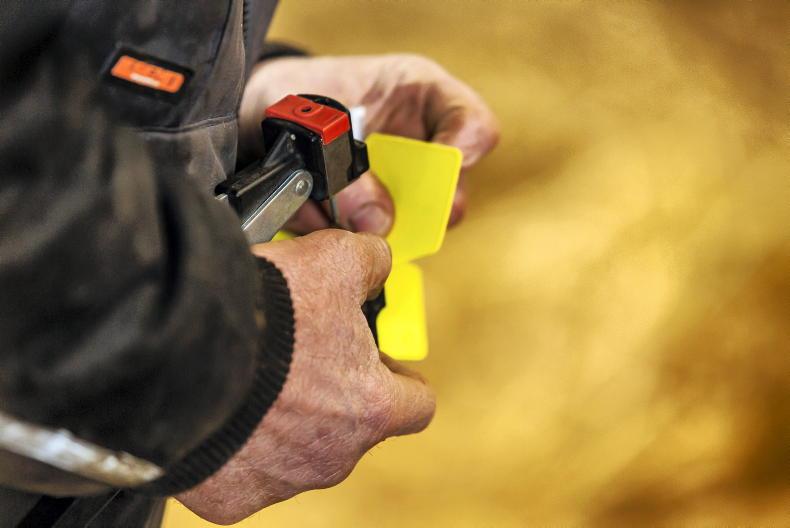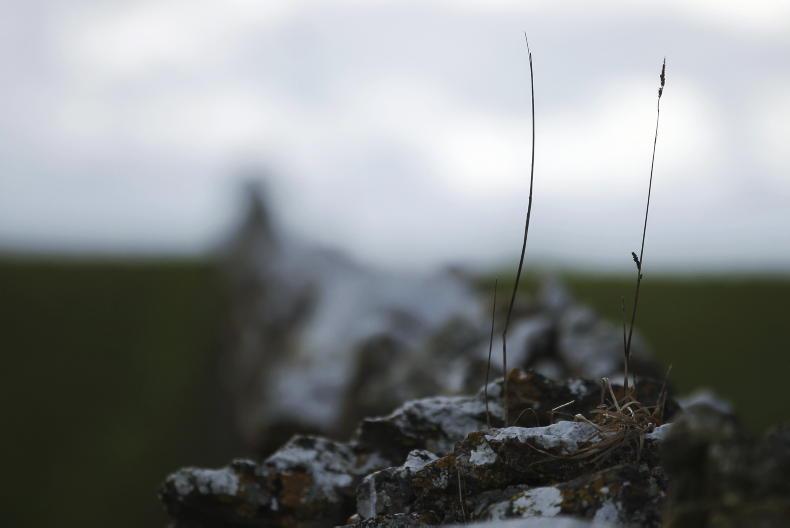The prohibited period for grazing traditional hay meadows under the Green Low Carbon Agri-Environmental Scheme (GLAS) came into effect on 15 April 2022.
Grazing is not permitted until after the meadow is mown annually, which must be after 1 July.
There have been some queries in the last week regarding whether the date for closing meadows had been pushed out in light of escalating input costs.
This comes on the back of flexibilities introduced a few years ago during the fodder crisis, but no such changes have been made for the 2022 scheme year.
Maximum application
The maximum application of chemical nitrogen over the year is 40kg per annum or 32 units per acre, while the maximum level of chemical phosphorus allowable is determined by soil samples governing the nutrient management plan.
Weed wiping and/or spot spraying can take place between 15 March and when the meadow is mown annually to control rushes. However, topping cannot take place between these dates.
LIPP requirements
While on the topic, it is worth recapping on the requirements on the main measure selected by participants under GLAS – low input permanent pasture (LIPP).
These parcels have a similar chemical fertiliser threshold of 40kg nitrogen per hectare (32 units per acre).
Parcels also cannot be topped during the same timeframe as traditional hay meadows (15 March to 1 July).
Pesticides are also not permitted, with the exception of controlling noxious weeds and invasive species and rushes.
Wild bid cover
The deadline for replanting is 31 May 2020. It is acceptable to apply weed control pre-sowing, but no pesticides are allowed after sowing the crop. Parcels must remain stock-proof again from sowing until 15 March next year.
Farmers have two options – sow a one-year or two-year mix.
The one-year mix must contain a cereal (oats, barley, wheat or triticale) and at least one species from the following: oilseed rape, linseed and mustard.
The two-year mix must contain a cereal (oats, barley, wheat or triticale) and kale.
It is unlikely that there will be a high percentage of two-year mixes sown this year due to the fact that GLAS is due to end on 31 December 2022 in advance of the introduction of the Agriculture and Environment Climate Measure in 2023.









SHARING OPTIONS